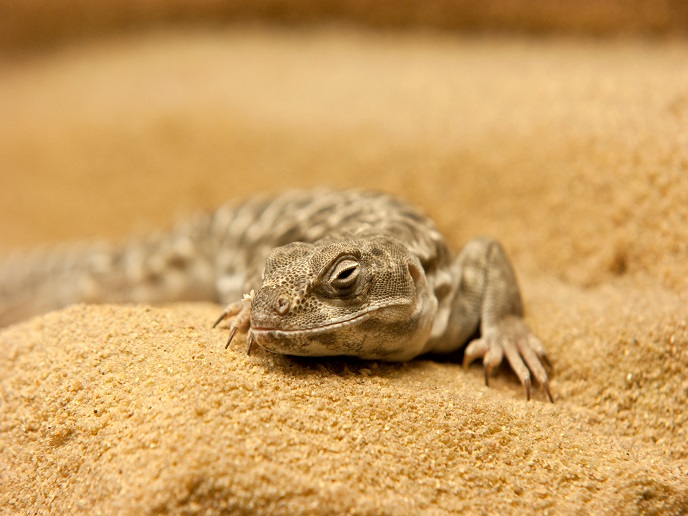Unique platform maps species’ vulnerability to climate change
Climate change is not going to strike all species’ populations at once, but will affect the most vulnerable populations of each species first, explains Agustin Camacho Guerrero, former researcher in the Department of Conservation Ecology at the Spanish National Research Council(opens in new window) in Madrid. “So we need to know which species’ populations will be overwhelmed when exposed to rising environmental temperatures. Particularly, we need to know this across the geographic ranges where these species exist.” “To make this knowledge actionable, we need accurate maps of both environmental temperatures and the species’ thermal tolerance – the maximum temperatures they can withstand. In this way, we will be able to tell which populations’ tolerance is likely to be surpassed at any particular place.”
Global platform to map species’ resilience
The VULNERAWEB(opens in new window) platform, built from scratch under the project, collates this data to produce predictive global vulnerable species maps. These can be used, for example, by managers of natural reserves or others receiving public funds to protect biodiversity. Camacho(opens in new window), whose research was undertaken with the support of the Marie Skłodowska-Curie Actions programme(opens in new window), started by collating thermal tolerance data through reviewing scientific literature on as many species as possible. These included marine fish, arthropods, amphibians, reptiles, birds and mammals. But scientists measure thermal tolerance in different ways, which do not always identify the maximum temperatures at which species’ populations are viable. “For some species, we have complete data on thermal tolerance. For others we don’t have anything apart from the places where they live,” Camacho explains. “I had to prepare and adapt models to take this into account.” A large number of laboratory tests were also conducted prior to the project during field trips that he was part of.
Different ways to measure thermal tolerance
Thermal tolerance measurements from scientific literature were divided into three groups. The first included experiments where temperatures were jacked up to a level where an animal loses the ability to locomote. “This is called the ‘critical thermal maximum’,” Camacho adds. Comparisons were made between the ‘critical thermal maximum’ of marine fish, arthropods, amphibians and reptiles. In a second group, temperatures that signal the limits to optimal physiological performance were recorded. “Even if an animal is able to locomote, after some upper thermal level is surpassed, the animal starts to consume too much water and energy,” he notes. This group includes birds, mammals and lizards. In a third group, thermal tolerance was identified from animal behaviour, such as panting. Different behaviours were compared within a particular species group: lizards. To see if any of these different measures of thermal tolerance were capable of predicting the hottest temperatures at which species could maintain populations, these measures were compared with the hottest temperatures recorded across each species’ geographic range. Maximum temperature in the shade, in a refuge 10 cm underground, or on exposed rocks were recorded. “It’s a lot of tests,” Camacho remarks. But while some measures of thermal tolerance were bad predictors of thermal restrictions on animals, others worked well and, particularly, were better than simply using species’ geographic locations. The VULNERAWEB platform now includes 1 000 species. “We see this as a ‘seed’ database that can be extended,” Camacho adds.
Modelling time to death
The maximum tolerable temperature is not the only important factor, there is also the time animals are exposed to stressful heat. So theoretical models on the decrease in time to death as temperature rises were compared to indicators such as locomotion loss and avoidance of heat sources. “This creates several different maps, different models, based on these different thermal parameters,” Camacho says.







